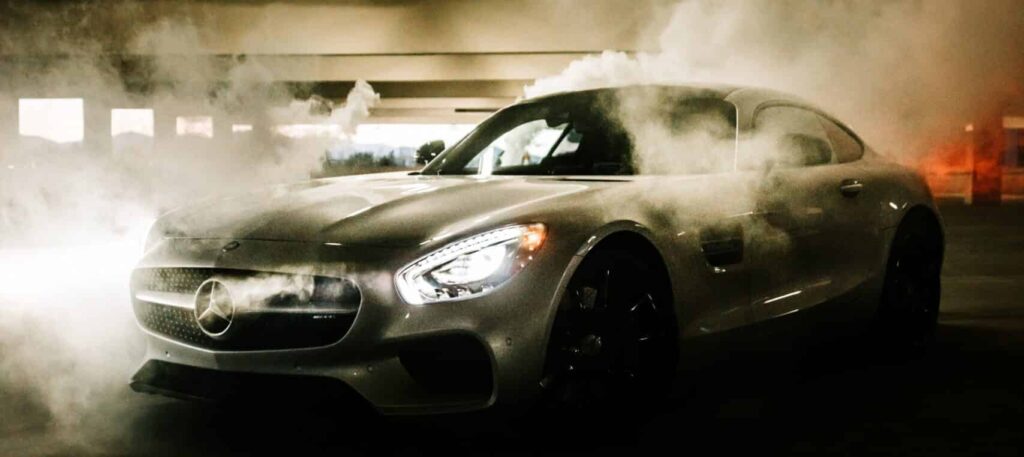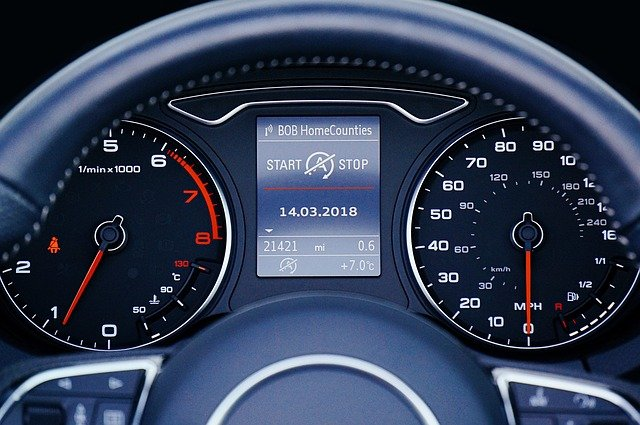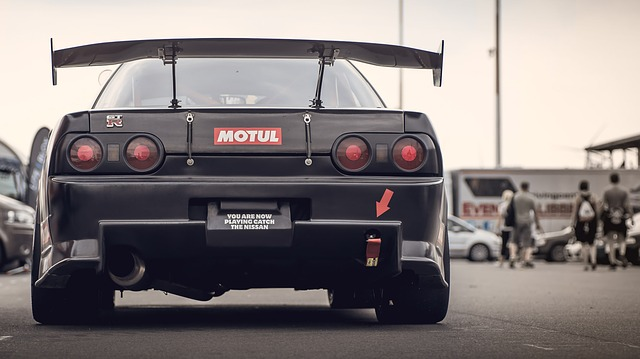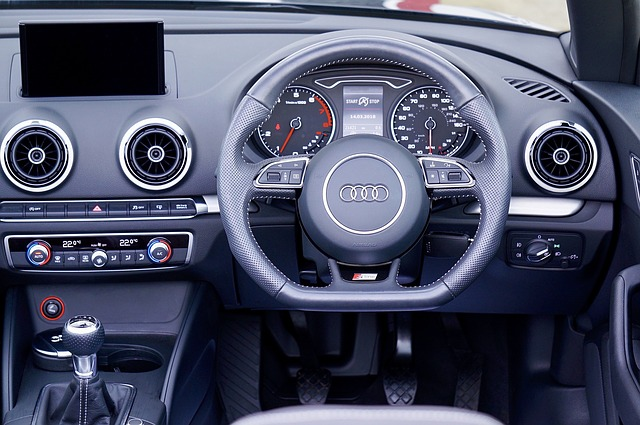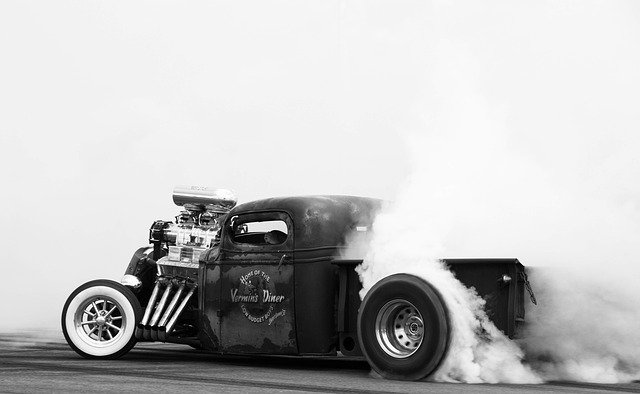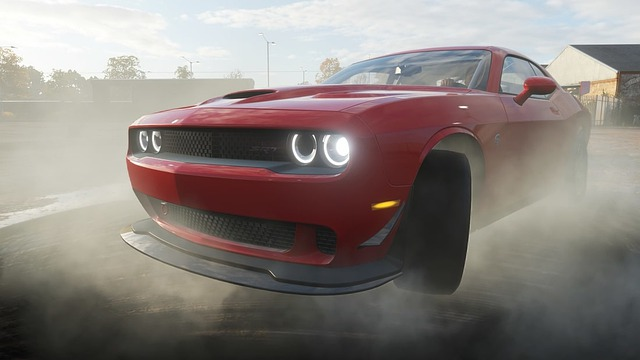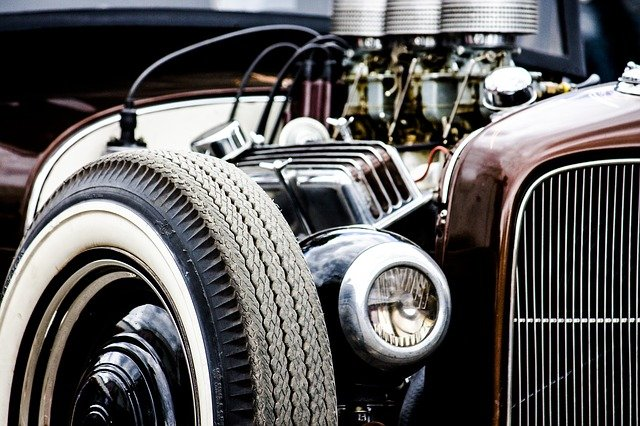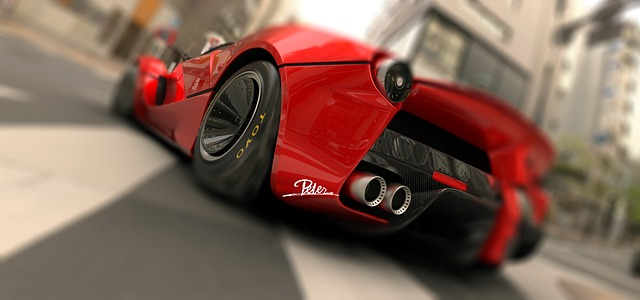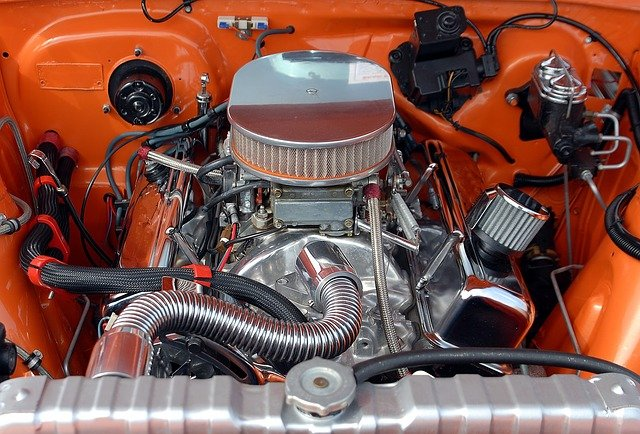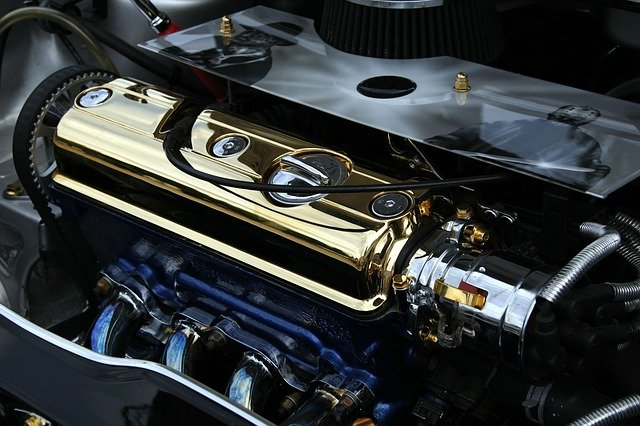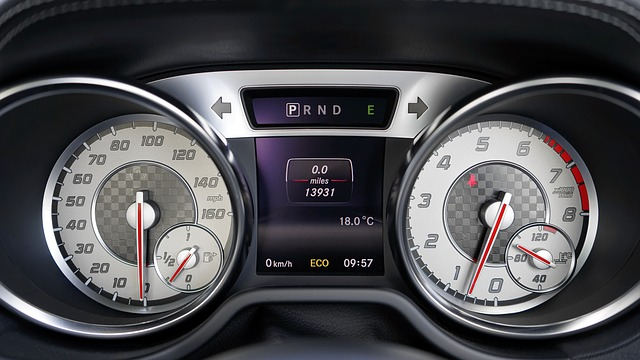So why does your car overheat? The short answer is: Because of something to do with your cooling system. The long answer could be one of several things or a combination of things. But the cool thing is that, no matter what the reason, there are ways to prevent it from happening again in the future.
We’ll explain all those reasons and their solutions now, but you should know what an overheating car looks like before we get into them. BasiYou’ll steam or smoke coming from under the hood, and your temperature gauge will be maxed out in the red zone. If you don’t have a temperature gauge in your car, look for a warning light on your dashboard that says “check engine” or “overheat.”
Why do engines overheat?
Either the cooling system is not circulating coolant efficiently, or the radiator isn’t effectively exchanging heat with the air passing through it. Both problems can have a variety of causes.
If your car overheats every time you drive it, don’t continue driving it until you know what caused the problem and have fixed it. The heat can damage critical engine parts like bearings, rings, and pistons.
What are the signs and solutions to car overheating?
When your car starts to overheat, there are a few things you should check. If the engine is hot and the temperature gauge is not working, or if the meter reads above normal, turn off your air conditioning and drive directly to a service center. If you have time, pull over to the shoulder of the road and turn on your hazard lights. Open the hood and let it sit for 10 minutes. If your engine has an automatic fan, give it time to cool down before checking anything else.
Turn on the heater
If you notice any signs that your car is overheating, turn on the heater to its highest setting. This helps draw heat away from the engine.
Here are the steps:
1-Turn on the air conditioner to its highest setting and turn off the air recirculation option to flow outside air into the vehicle.
2-Turn on the defroster to its highest setting and crack open all windows in the vehicle.
3-Turn on your vehicle’s heater to its highest setting. This will allow heat to flow through your vehicle’s ventilation system instead of being trapped under the hood, contributing to overheating problems.
Find a safe place to stop and turn off the overheating engine
As soon as you can, safely pull over to the side of the road and turn off the engine. Do not open the radiator lid or try to add coolant to an overheating engine.
The radiator cap is designed to be opened only when the engine has cooled down; otherwise, there’s a danger of being burned by boiling coolant (water mixed with coolant).
Add coolant to overheat car to protect the engine
If you’ve confirmed that your car is overheating but aren’t sure what to do next, don’t open the radiator cap — it could cause severe burns — but instead, look for an overflow container somewhere under the hood. There will likely be a radiator cap on top of this bottle; remove it and see if there is any coolant inside.
Once the hood has cooled for at least 15 seconds, the glove has opened, and the radiator cap has been found. (Refer to owner’s manual.) Cover with a cloth and slowly release the lid for a quarter a turn to release pressure created by expanding cooler air at heated temperature.
Open all radiators and slowly add cooling water, half antifreeze, until the liquid reaches the “full line.” The coolant must go to the small, clear plastic reservoir attached to the radiator’s sides. After this, change the cap and start the motor.
Engine Temperature Gauge
The easiest way to tell if your engine is overheating is by keeping an eye on the engine temperature gauge in your dashboard. If you’re seeing the needle go into the red, it’s time to take action. When the hand is at or near the average mark, your coolant is circulating properly, and your engine is not overheating.
Steam From Under The Hood
If you see steam rising from under the hood of your car when you open it up, pull over immediately and shut off the engine. This means that coolant has gotten into places where it’s not supposed to be, probably because of a leak somewhere in the system.
Steam could also indicate a cracked cylinder head or blown head gasket. In either case, there’s no need to panic. Turn off your car, get yourself and any passengers out of harm’s way and call for a tow truck.
Coolant leak
The most common cause of car overheating is low coolant levels in the engine’s cooling system. Low levels stop coolant from circulating throughout your engine and can lead to severe damage if they are left unchecked. You can check for leaks by looking at all of the hoses in your machine, including those leading up to your coolant reservoir tank. Leaking coolant can also be caused by a clogged coolant hose.
Step By Step Guide
An engine overheating can cause significant damage to your car – the most severe problem being a cracked or warped cylinder head or a blown head gasket.
If your engine is overheating, check and change the coolant level. If this has no effect, there could be a lot of reasons why.
Check These Parts
Check the radiator and hoses for any damage.
Check for a broken water pump.
The temperature gauge may have failed.
You may leak into the cooling system somewhere, or the water pump may have seized up.
If your vehicle is fitted with one, the radiator fan may not be working (if your car is equipped with one).
It is possible that your thermostat has jammed shut, causing the overheating.
How to prevent an Overheated Car Engine?
Overheating can cause problems, from warped cylinder heads and blown head gaskets to sagging pistons.
Heat is the enemy of engines. It breaks down oil, damages gaskets, melts pistons, and warps cylinder heads. Keeping your car’s engine cool is to keep coolant flowing through it.
Three Components Of Cooling System
Cooling systems have three main components: a water pump, a radiator with an electric fan, and a thermostat that controls it all. When the engine starts to overheat, the thermostat sends coolant from the radiator into the machine.
Water circulates through passages in the engine block and cylinder head(s), picking up heas. The heated water then passes into the radiator, cooled by air passing through the radiator core. The thermostat monitors how hot or cold the water is and opens or closes to control how much coolant flows through the system.
How to fix an Overheated Car Engine?
One of the worst things that can happen to an engine is overheating. If the engine overheats and the oil pressure warning light comes on, stop your car immediately. If you continue driving, your motor may seize up, and you might have a hefty repair bill.
Fluids
To prevent overheating, check your car’s fluids regularly. Keep the coolant at its required level by checking it periodically (every month or two). If you are going on a long trip, check the coolant level before departing. When adding coolant, be sure to use a type recommended by your vehicle’s manufacturer.
Leaks
If you notice any leaks or unusual behavior in your car regarding temperature, take it to a mechanic. It is not worth risking permanent damage to the engine.
Steps To Fix
When a car overheats, the engine may not be the only thing that suffers. The radiator and cooling system also become damaged, which can cause the vehicle to overheat again. Here are some ways to fix a car engine overheats:
Steps
Check the radiator cap
Check if there is enough coolant in the system
Check for any visible leaks
Sometimes, there are no visible signs of damage. In such cases, it is better to get professional help. A mechanic can perform a pressure test and check if there is any damage to your car’s cooling system. If you are looking for a reliable mechanic, visit AutoZone. The mechanics at AutoZone have years of experience in repairing cars and will be able to advise you on how to fix an overheated engine.
Overview
Overheating is one of the most common reasons for car breakdowns. If your engine overheats, it can cause serious (and expensive) damage, so it’s essential to know when and how to deal with it.
Although an overheated engine is a common problem, there are ways you can make sure this doesn’t happen to you. This guide will tell you what to do if your car overheating and how you can help avoid it in the future.
Conclusion
I hope this article will help you figure out how to fix an overheating car engine. I know that it is sometimes hard to determine what exactly is wrong with the car, so checking the temperature gauge and looking for symptoms might be all you need.
If the temperature gauge goes up even though the air conditioner is turned off and the sunroof is closed, you probably have a problem with the engine. If this happens, it is time to immediately pull over and call a tow truck or a friend who can help you. DO NOT attempt to continue driving if this happens…you could cause massive damage to your engine!
